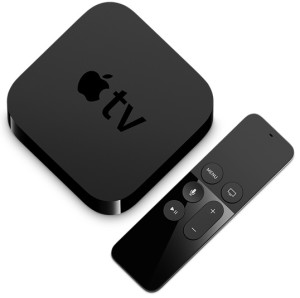When the second edition of Mass Communication: Living in a Media World came out as a CQ Press title back in 2007, one of the biggest new features was the introduction of the “Seven Truths They Don’t Want You To Know About the Media.” Other than the switch last year to calling them the Seven Secrets, they have stayed pretty much unchanged. But lots has changed in the media world over the last decade.The old secrets are as relevant as ever, but we’re ready to think about a few new additions to the list.
So what I’m looking at is expanding the list to the Ten Secrets for the next edition of the book. The question is, what should the new secrets be? I’ll be trying out a some candidates here over the next few weeks to see what you think. We’ll give them letters for the time being:
New Secret A: Everything is data. We are moving into an age where more and more media are delivered digitally. And that means we will be moving away from old channels like cable television , paper or cellular phone service and moving into the use of data services.
Think about it – how often do you come close to using up your allocation of cell phone minutes? Maybe you don’t even have a limit on minutes anymore. The same is likely true on text messages (i.e. SMS).
But what about when it comes to data? Ah, that’s a different story. How long to you get into the month before you start getting warning notes from your provider that you’ve used 50 percent, 75 percent, 90 percent of your data allocation? Of course, your mobile provider is always quite happy to sell you another bucket of data…
Think about all the things you use data for on your mobile device: streaming audio and video, social media, games, maybe even a little old school e-mail. You might also be sending photos and video back upstream through SnapChat, Instagram, Periscope or Meerkat.
If you’re on an iPhone, you likely burn through a lot of data using FaceTime to make your audio and video calls (though if you’re smart about it, you’re using WiFi whenever possible). And everyone is burning through data one way or another with Skype.
Over in the world of the Medium Formerly Known as Television, we are seeing this transformation as well. Right now, at least if you are old, you think of TV as something that comes in through cable or down from the skies via satellite. If you’re really old (or poor…) you think of it as something that comes in over the air through an antenna. (I had hoped I would be the originator of this term, but, alas, it was not to be.)
But increasingly we are getting are video programing from streaming services. When I asked my students last week what the most recent programming they had watch on television was, the most common channel was (with the possible exception of the World Series broadcast)… Netflix. Now Netflix is a streaming service that you get over the Internet using data. Netflix is just one of many sources of streaming video: Hulu, CBS’s All Access, Amazon Prime, and the list goes on.
Apple has offered a streaming box for several years called the Apple TV that the late Steve Jobs used to refer to as a hobby. But with the release of the newest version of it, Apple seems to be taking it much more seriously – with the idea that the new Apple TV could serve as a substitute to your cable or satellite service – assuming you have a big bucket of data to support it.
As a side note, media giant and major internet provider Comcast is now experimenting with offering subscribers an unlimited Internet package for about $35 more than their usual package that is capped at 300 GB of data. (This is something new to me as my cable/internet provider always provides unlimited data, but it’s possible that will change.)
Time Warner Cable, another of the nation’s largest cable/internet providers, is reportedly experimenting with replacing their set-top cable box with a streaming app that could run on a Roku , X-Box, or other device.
In closing, it’s not just high-tech multimedia that’s going digital. The New York Times has been working on it’s digital strategy for years and has recently released a report that calls for doubling its digital revenue by 2020.
